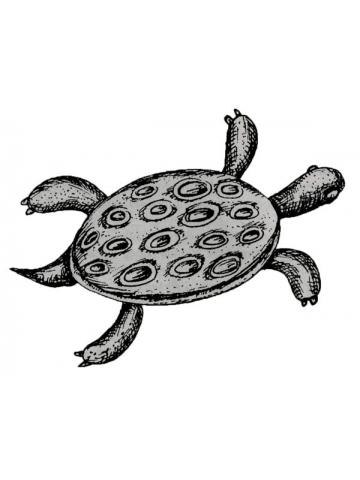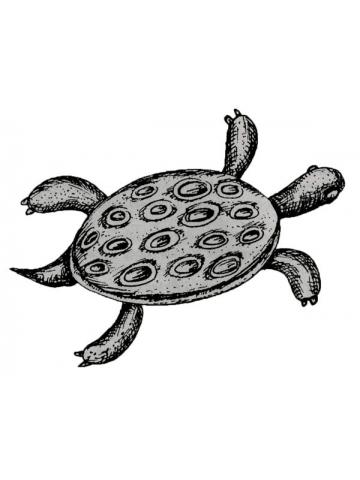
What does the turtle mean in Africa. Encyclopedia of symbols

Birds: Soul Carriers
The figure shows a soul bird. For all African peoples, the soul is considered immortal and is considered as an independent substance. Evil sorcerers, who, due to their deeds, have a large number of enemies, usually hide the substances of their souls in many boxes, nested inside each other, and then place them in the bodies of animals, mainly birds. If the bird dies, then the sorcerer's life ends. In African culture, birds have been associated with souls. It was believed that the soul of a person who was killed with the help of black magic can circle in the guise of a singing bird. In Zimbabwe, swallows were considered related to sunbirds. People admired their speed and dexterity, swallows could cross the dark space quickly, like a ray of light. According to legend, the first day on earth came when the sunbirds were caught.
Pigeons in East Africa are considered a symbol of mutual love, as the pigeon couple are faithful to each other all their lives. For the Yoruba people in Nigeria, pigeons are ritual birds that represent honor and wealth.
Owls are birds that obey witches. Witches either cooperate with animals, or can take their form. Owls are seen as harbingers or predictors of something. In many places, their cry is regarded as an omen of evil.
The falcon in Zaire is considered to bring light. After he was freed from the underworld, where he was imprisoned, the falcon soared high into the sky and made the sun rise.
The wisdom of a kite, who can revive life from death, is revered by many tribes. This bird is often considered a bird of the soul, and the peoples of East Africa believe that the kites carry the souls of the bodies they have eaten. Therefore, it is believed that these birds carry the offerings made in honor of them to the gods. This could not have been done without the intermediary kites.
Source: "Symbols of Africa" Heike Ovuzu
Leave a Reply